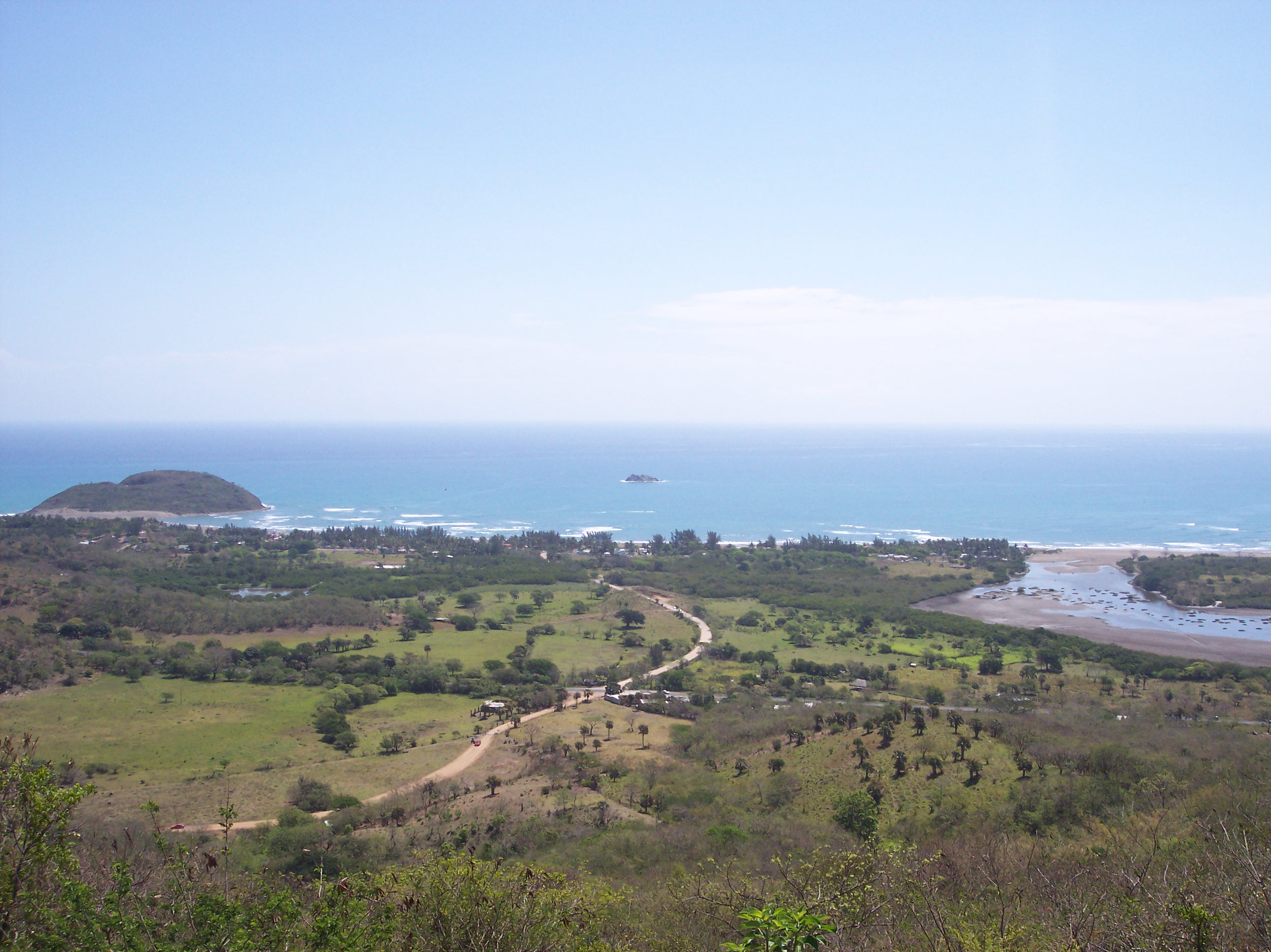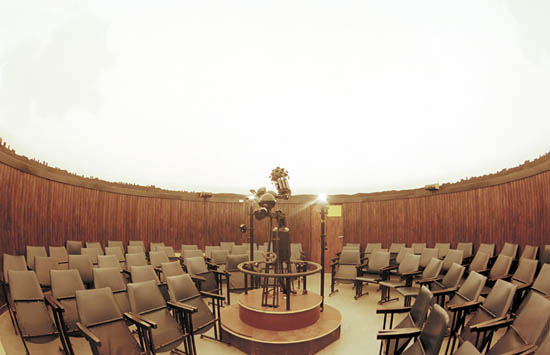|
Kaná, Museo De Ciencia Y Tecnología
''Kaná, Museo de Ciencia y Tecnología'', formerly the ''Museo de Ciencia y Tecnología'' and then the ''Museo Interactivo de Xalapa'', is a modern interactive museum in the city of Xalapa, capital of the state of Veracruz in eastern Mexico. History The ''Museo de Ciencia y Tecnología'' (Museum of Science and Technology) opened in 1992. It was designed to follow the same approach as the Papalote Museo del Niño. A children's museum in Mexico City, and to promote interest in scientific ideas and careers among children, The architect designed the buildings, and Museotec, SA designed the exhibits. It has an outstanding exhibition of classic vehicles. In 2005 it became the ''Museo Interactivo de Xalapa'' (MIX: Interactive Museum of Xalapa). The museum closed at the end of 2018 due to financial troubles, and 34 employees were laid off. It reopened in 2021. Rooms The museum has six interactive rooms with names in the Totonac language. *''Kaniwá'' means "everywhere" and is the tr ... [...More Info...] [...Related Items...] OR: [Wikipedia] [Google] [Baidu] |
Xalapa
Xalapa or Jalapa (, ), officially Xalapa-Enríquez (), is the capital city of the Mexico, Mexican List of states of Mexico, state of Veracruz and the name of the surrounding municipality. In 2020 census the city reported a population of 443,063 and the municipalities of Veracruz, municipality of which it serves as municipal seat reported a population of 488,531.Censo Xalapa 2020 CEEIG The municipality has an area of 118.45 km2. Xalapa lies near the geographic center of the state and is the second-largest city in the state after the city of Veracruz (city), Veracruz to the southeast. Etymology [...More Info...] [...Related Items...] OR: [Wikipedia] [Google] [Baidu] |
Veracruz
Veracruz, formally Veracruz de Ignacio de la Llave, officially the Free and Sovereign State of Veracruz de Ignacio de la Llave, is one of the 31 states which, along with Mexico City, comprise the 32 Political divisions of Mexico, Federal Entities of Mexico. Located in eastern Mexico, Veracruz is bordered by seven states, which are Tamaulipas, San Luis Potosí, Hidalgo (state), Hidalgo, Puebla, Oaxaca, Chiapas, and Tabasco. Veracruz is divided into Municipalities of Veracruz, 212 municipalities, and its capital city is Xalapa, Xalapa-Enríquez. Veracruz has a significant share of the coastline of the Gulf of Mexico on the east of the state. The state is noted for its mixed ethnic and indigenous populations. Cuisine of Veracruz, Its cuisine reflects the many cultural influences that have come through the state because of the importance of the port of Veracruz (city), Veracruz. In addition to the capital city, the state's largest cities include Veracruz, Coatzacoalcos, Córdoba, V ... [...More Info...] [...Related Items...] OR: [Wikipedia] [Google] [Baidu] |
Papalote Museo Del Niño
The museum Papalote Museo del Niño is located in Mexico City Bosques de Chapultepec. The museum is focused in learning, communication and working together through interactive expositions of science, technology and art for children. Building This museum was created in 1993 by the architect Ricardo Legorreta. He designed the building with geometric figures and traditional Mexican tiles. The building was made for kids to interact, experiment and touch. The ceiling and walls were made by children. Areas This museum has over 288 interactive exhibitions, divided into five areas where children can touch, play, and learn, as its motto says. Children become familiar with such subjects as ecology, the human body, science, and music. Each area features exhibitions about an aspect of human development. Soy: Spanish for "I am". Focuses on the way human body and mind work. Themes featured are identity, self-esteem, and knowledge of one's body and emotions. Comunico: Spanish for "I communicat ... [...More Info...] [...Related Items...] OR: [Wikipedia] [Google] [Baidu] |
Totonac Languages
Totonac is a Totonacan language cluster of Mexico, spoken across a number of central Mexican states by the Totonac people. It is a Mesoamerican language and shows many of the traits which define the Mesoamerican Linguistic Area. Along with some 62 other indigenous languages, it is recognised as an official language of Mexico, though as a single language. History The Totonac people are an indigenous group native to Totonacapan along the Gulf of Mexico. The Gulf of Mexico stretches from the Texan border to the Yucatán Peninsula. It includes the greatest topographic diversity in the country and contains a great variety of ecozones as well as microhabitats. The Totonac people share their territory with the Nahua, Otomí, and Tepehua (not to be confused with the Tepehuano language), all of which have communities within the region. Totonacapan is located in east central Mexico between present day Puebla and Veracruz. The people of Totonac have migrated to various cities suc ... [...More Info...] [...Related Items...] OR: [Wikipedia] [Google] [Baidu] |
Planetarium
A planetarium (: planetariums or planetaria) is a theatre built primarily for presenting educational and entertaining shows about astronomy and the night sky, or for training in celestial navigation. A dominant feature of most planetariums is the large dome-shaped projection screen onto which scenes of stars, planets, and other celestial objects can be made to appear and move realistically to simulate their motion. The projection can be created in various ways, such as a star ball, slide projector, video, fulldome projector systems, and lasers. Typical systems can be set to simulate the sky at any point in time, past or present, and often to depict the night sky as it would appear from any point of latitude on Earth. Planetaria range in size from the 37 meter dome in St. Petersburg, Russia (called "Planetarium No 1") to three-meter inflatable portable domes where attendees sit on the floor. The largest planetarium in the Western Hemisphere is the Jennifer Chalsty Planetariu ... [...More Info...] [...Related Items...] OR: [Wikipedia] [Google] [Baidu] |
IMAX
IMAX is a proprietary system of High-definition video, high-resolution cameras, film formats, film projectors, and movie theater, theaters known for having very large screens with a tall aspect ratio (image), aspect ratio (approximately either List of motion picture film formats#Film formats, 1.43:1 or 1.90:1) and steep stadium seating, with the 1.43:1 ratio format being available only in few selected locations. Graeme Ferguson (filmmaker), Graeme Ferguson, Roman Kroitor, Robert Kerr (Canadian politician), Robert Kerr, and William C. Shaw were the co-founders of what would be named the IMAX Corporation (founded in September 1967 as Multiscreen Corporation, Ltd.), and they developed the first IMAX cinema projection standards in the late 1960s and early 1970s in Canada. IMAX GT is the premium large format. The digital format uses dual laser projectors, which can show 1.43 digital content when combined with a 1.43 screen. The film format uses very large screens of and, unlik ... [...More Info...] [...Related Items...] OR: [Wikipedia] [Google] [Baidu] |
Museums In Veracruz
Veracruz, formally Veracruz de Ignacio de la Llave, officially the Free and Sovereign State of Veracruz de Ignacio de la Llave, is one of the 31 states which, along with Mexico City, comprise the 32 Federal Entities of Mexico. Located in eastern Mexico, Veracruz is bordered by seven states, which are Tamaulipas, San Luis Potosí, Hidalgo, Puebla, Oaxaca, Chiapas, and Tabasco. Veracruz is divided into 212 municipalities, and its capital city is Xalapa-Enríquez. Veracruz has a significant share of the coastline of the Gulf of Mexico on the east of the state. The state is noted for its mixed ethnic and indigenous populations. Its cuisine reflects the many cultural influences that have come through the state because of the importance of the port of Veracruz. In addition to the capital city, the state's largest cities include Veracruz, Coatzacoalcos, Córdoba, Minatitlán, Poza Rica, Boca Del Río and Orizaba. Etymology The official name of the state is Veracruz de Ignacio ... [...More Info...] [...Related Items...] OR: [Wikipedia] [Google] [Baidu] |
Science Museums In Mexico
Science is a systematic discipline that builds and organises knowledge in the form of testable hypotheses and predictions about the universe. Modern science is typically divided into twoor threemajor branches: the natural sciences, which study the physical world, and the social sciences, which study individuals and societies. While referred to as the formal sciences, the study of logic, mathematics, and theoretical computer science are typically regarded as separate because they rely on deductive reasoning instead of the scientific method as their main methodology. Meanwhile, applied sciences are disciplines that use scientific knowledge for practical purposes, such as engineering and medicine. The history of science spans the majority of the historical record, with the earliest identifiable predecessors to modern science dating to the Bronze Age in Ancient Egypt, Egypt and Mesopotamia (). Their contributions to mathematics, astronomy, and medicine entered and shaped the Gree ... [...More Info...] [...Related Items...] OR: [Wikipedia] [Google] [Baidu] |



